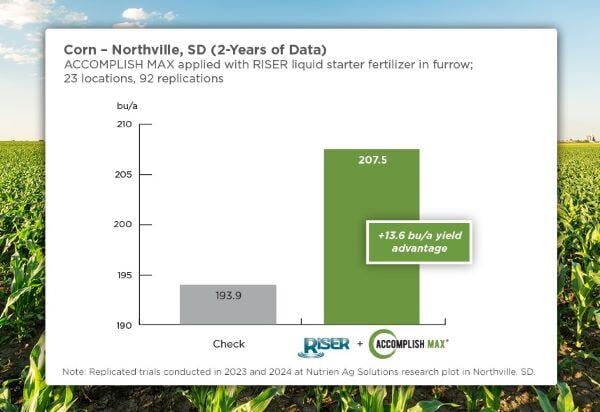 Agricen’s Scott Lay recently sat with Dennis Michelsen of WITY Radio to discuss using TERRAMAR to keep corn and soybean crops on track and help protect them against yield loss.
Agricen’s Scott Lay recently sat with Dennis Michelsen of WITY Radio to discuss using TERRAMAR to keep corn and soybean crops on track and help protect them against yield loss.
Dennis - WITY Radio: One thing that we can count on is that we're going to have some very stressful days with our crops. It doesn't matter whether you're talking corn or soybeans, weather events put a lot of stress on the plants.
Scott - Agricen: As farmers look at their fields, regardless of zip code, any extended period of cooler temperatures like the northern half of the United States experienced this past May translates into slower developing crops, more stagnant growth and stresses that could impede the yield potential that those corn and soybean fields have. While we cannot change the weather, we can choose practices to help minimize its impact and deliver a more consistent result from year to year. That's a lot of the story behind what TERRAMAR delivers for crops.
Dennis - WITY Radio: Tell us a little bit about what TERRAMAR does for row crops.
Scott - Agricen: This will be the third year we've had TERRAMAR in row crops, and we’ve been getting a lot of positive yield responses and consistency from it.
What TERRAMAR delivers boils down to two things. First, it helps minimize the impact of weather stresses like cold or heat stress. It does this by helping the plant increase photosynthesis and water transpiration to make that plant more resilient. The second part to TERRAMAR is the carbon-based component that provides fuel for the plant to allow it to uptake more nutrients. This also translates to increased sucrose levels at reproductive stages. Sucrose is a fuel source or reservoir to supply starches and sugars to the forming grain, and that's what ultimately leads to a yield advantage.
Dennis - WITY Radio: With the cold temperatures we had in May, are we going to be looking at root growth that wasn't as vigorous as usual?
Scott - Agricen: That's often the case. And again, we can't control the weather, but if we have the ability to get that plant back on track and get it performing more normally from a physiological point of view, we have a better chance of preserving yield potential and delivering a positive yield result when combines roll through the fields this fall.
Dennis - WITY Radio: How and when do you apply TERRAMAR?
Scott - Agricen: You can apply TERRAMAR anytime after the crop is emerged. At this time of year, it's really applied in concert with post-emerge foliar herbicides. As we progress later into the growing season through the reproductive stages in corn and soybeans, it can be applied with fungicides. It simply aligns with the practices that growers are already utilizing to maximize yield.
Dennis - WITY Radio: You’ve done many different test plots in various crops, and have seen repeatable results with TERRAMAR.
Scott - Agricen: If you're going to employ a new technology, it has to provide a consistent return on investment, particularly in the face of the commodity prices we have today. In nearly 200 yield observations, we’ve seen a positive net return on investment 85% of the time, meaning the yield return was greater than the cost of the product. On average, we see about a +4.7-bushel yield advantage in soybeans and nearly a +9-bushel yield advantage in corn. Again, that’s a positive win rate 85% of the time, meaning positive ROI. That's something you can take to the bank.
Dennis - WITY Radio: Even when it's just breaking even, this is an insurance policy to make sure that you're not losing more yield.
Scott - Agricen: It is. And again, the day you plant the crop is the greatest potential for yield that exists. The name of the game from there on after is simply preserving the yield potential that is there. If you can ensure more nutrients flowing into that plant, if you can take a bite out of the heat stress that presents itself through June and July, you've got a better chance of maintaining yield potential. As we’ve seen in hundreds of instances, that translates to a very consistent return on investment, which gives folks confidence in applying TERRAMAR.
TERRAMAR is available from Nutrien Ag Solutions.
This interview was edited for length and clarity. You can listen to the interview below or on Agricen's YouTube channel.





![[Interview] Keeping Crops on Track to Preserve Yield Potential](https://blog.agricen.com/hubfs/Interview-crop-yield-potential.jpg)
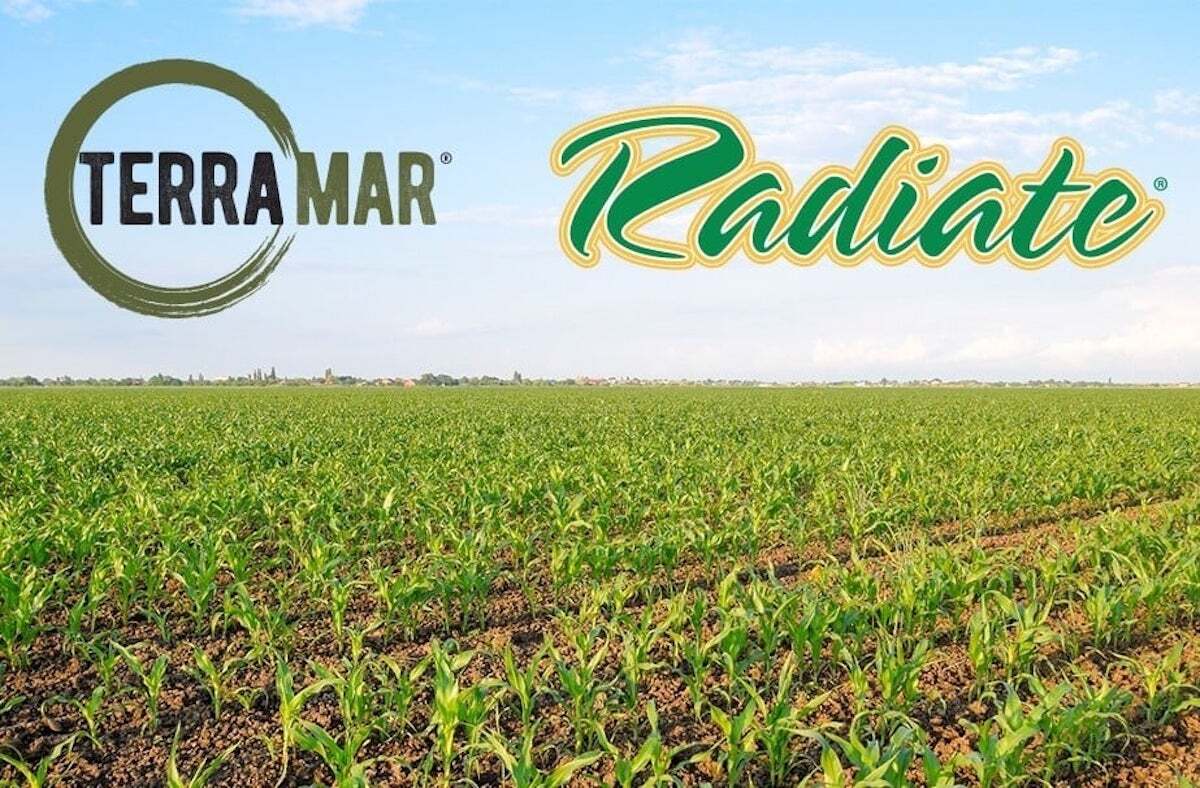
 This spring, many growing areas of the United States are coming off an extended period of cooler-than-normal temperatures.
This spring, many growing areas of the United States are coming off an extended period of cooler-than-normal temperatures. 

![[Watch] Preserving Yield Potential with Proactive Foliar Applications](https://blog.agricen.com/hubfs/05-25-Foliar-webinar-1200x628-watch.jpg)


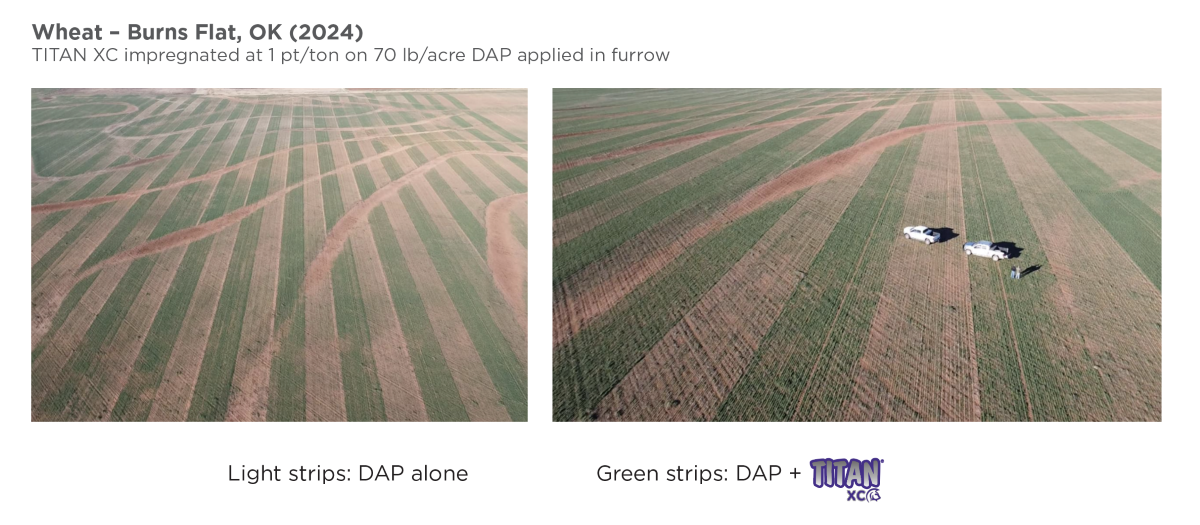






![[Interview] A New Advancement in Sustainable Nitrogen Management](https://blog.agricen.com/hubfs/Interview-nitrogen-mgmt.jpg)




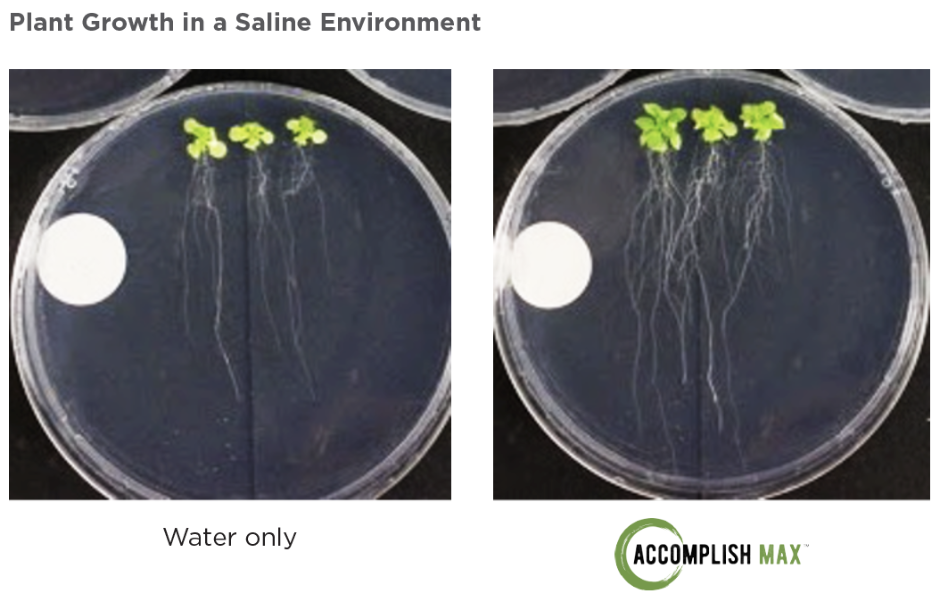
 As growers prepare for the upcoming cropping season, uncertainties surrounding commodity prices and fertilizer, seed and crop protection inputs will heavily influence the decision-making processes before planters roll. One thing, however, is always certain: Growers want to maximize production from every acre.
As growers prepare for the upcoming cropping season, uncertainties surrounding commodity prices and fertilizer, seed and crop protection inputs will heavily influence the decision-making processes before planters roll. One thing, however, is always certain: Growers want to maximize production from every acre.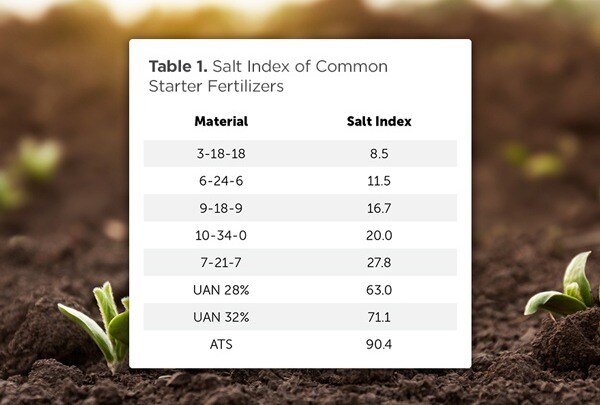



 Why use a liquid starter fertilizer, and how can you make sure your applied nutrients don’t get tied up in the soil chemistry? Here you'll find the answers to these and other common questions about liquid starters.
Why use a liquid starter fertilizer, and how can you make sure your applied nutrients don’t get tied up in the soil chemistry? Here you'll find the answers to these and other common questions about liquid starters.